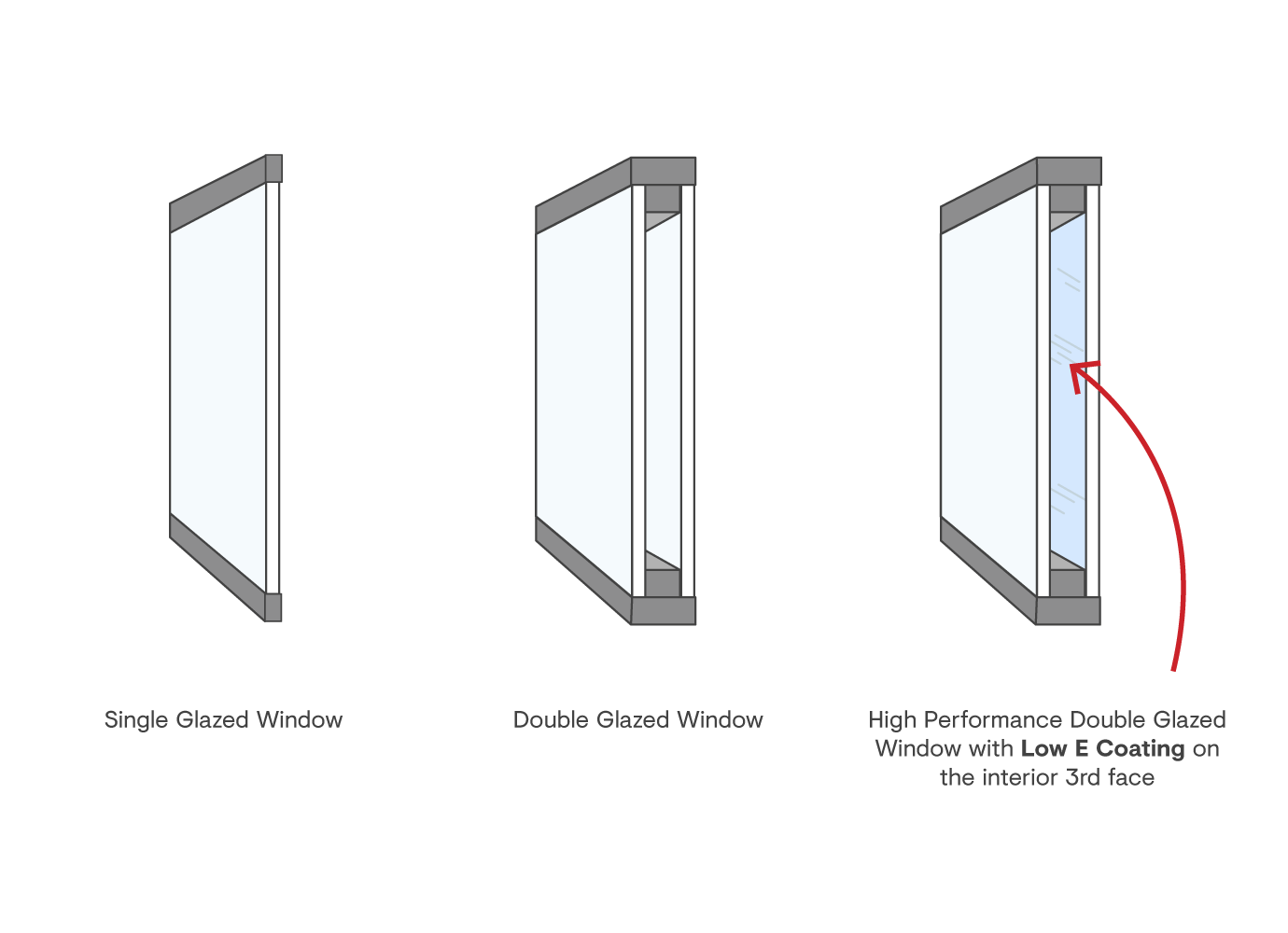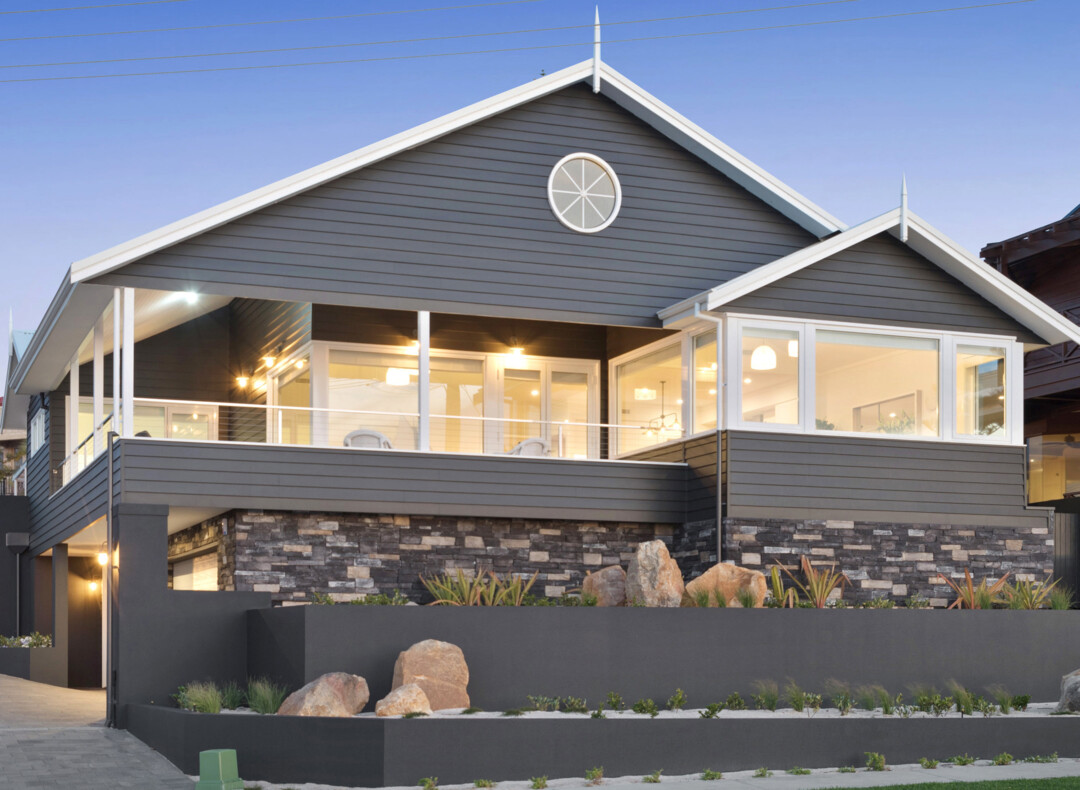All Categories
Featured
Table of Contents
How To Retrofit Your Windows With Double Glazing, And Keep ... in Willagee WA
Glazing just indicates the windows in your house, including both openable and fixed windows, along with doors with glass and skylights. Glazing really just implies the glass part, but it is typically utilized to refer to all elements of an assembly consisting of glass, movies, frames and home furnishings. Focusing on all of these aspects will help you to achieve efficient passive style.

Energy-efficient glazing makes your house more comfy and dramatically reduces your energy costs. Inappropriate or poorly designed glazing can be a major source of undesirable heat gain in summer season and significant heat loss and condensation in winter. As much as 87% of a home's heating energy can be gotten and up to 40% lost through windows.
The Best Double Glazing Companies In Canberra in Calista WA
Glazing is a significant financial investment in the quality of your house. An initial financial investment in energy-efficient windows, skylights and doors can significantly decrease your yearly heating and cooling costs.

This tool compares window choices to a base level aluminium window with 3mm clear glass. Comprehending a few of the essential homes of glass will help you to pick the finest glazing for your home. Secret residential or commercial properties of glass Source: Adapted from the Australian Window Association The amount of light that passes through the glazing is referred to as noticeable light transmittance (VLT) or noticeable transmittance (VT).
Summer Scorcher Predicted, Again! Double Glazed ... in South Fremantle Western Australia
The U value for windows (expressed as Uw), describes the conduction of the whole window (glass and frame together). The lower the U value, the higher a window's resistance to heat flow and the much better its insulating value.
If your home has 70m2 of glazing with aluminium frames and clear glass with a U value of 6. 2W/m2 C, on a winter's night when it is 15C colder outside compared to indoors, the heat loss through the windows would be: 6. 2 15 70 = 6510W That is comparable to the total heat output of a large room gas heating unit or a 6.
Window Glazing For Households - Energy in Mirrabooka WA

If you select a window with half the U worth (3. 1W/m2 C) (for instance, double glazing with an argon-filled space and less-conductive frames), you can halve the heat loss: 3. 1 15 70 = 3255W The solar heat gain coefficient (SHGC) for windows (revealed as SHGCw) determines how readily heat from direct sunlight streams through a whole window (glass and frame together).
The lower a window's SHGC, the less solar heat it transfers to your house interior. Glazing manufacturers state an SHGC for each window type and style. The real SHGC for windows is impacted by the angle that solar radiation strikes the glass. This is known as the angle of occurrence.
What Are The Advantages Of Double Glazed Windows? in Hocking WA
When the sun is perpendicular (at 90) to the glass, it has an angle of occurrence of 0 and the window will experience the optimum possible solar heat gain. The SHGC stated by glazing producers is constantly calculated as having a 0 angle of occurrence. As the angle increases, more solar radiation is reflected, and less is sent.
Table of Contents
Latest Posts
Reglazing Single Glazed Windows With Double Glazed Units in White Gum Valley Western Australia
Replacement Double Glazing - Upvc Windows in Kingsley Perth
Energy Efficiency With Double Glazed Windows 2023 in Como Perth
More
Latest Posts
Reglazing Single Glazed Windows With Double Glazed Units in White Gum Valley Western Australia
Replacement Double Glazing - Upvc Windows in Kingsley Perth
Energy Efficiency With Double Glazed Windows 2023 in Como Perth